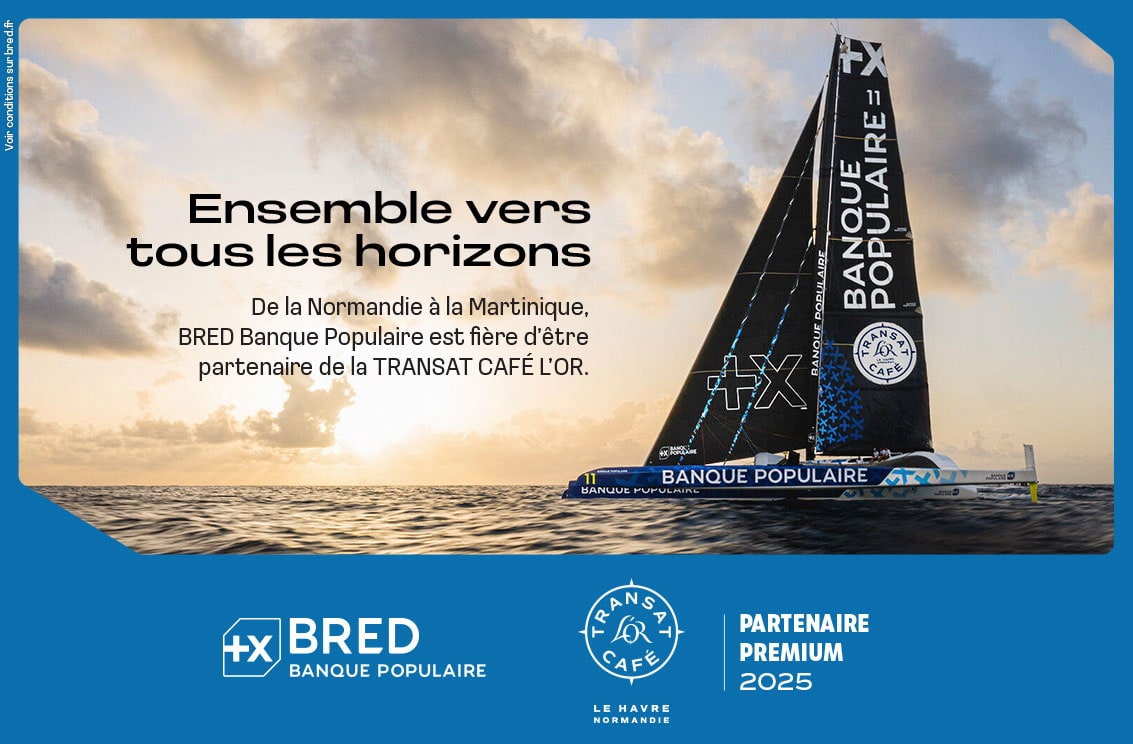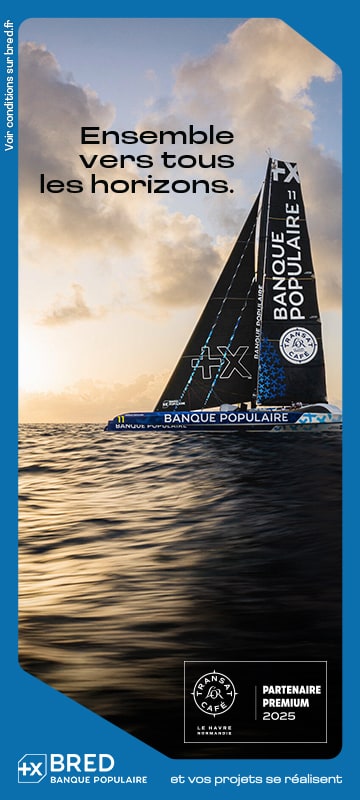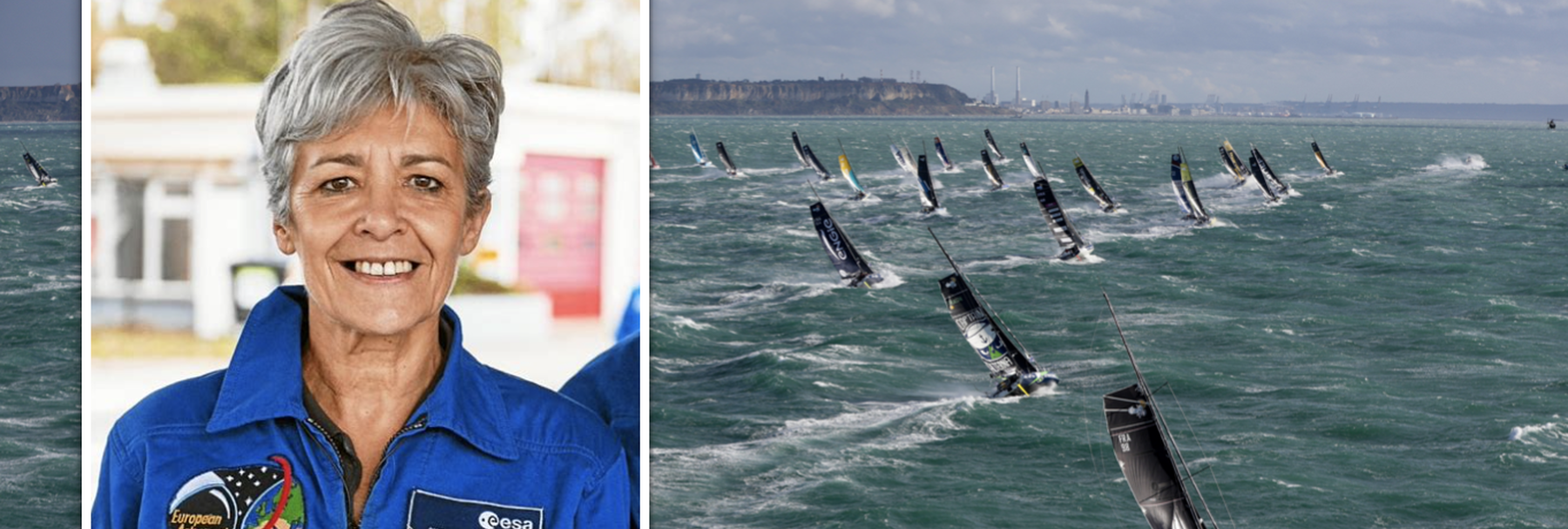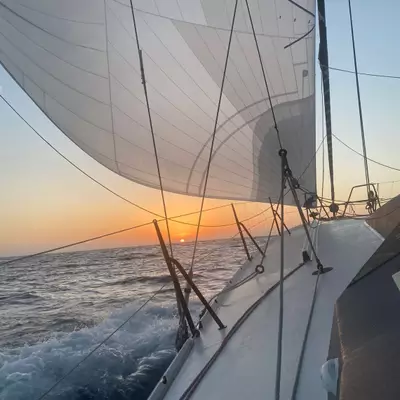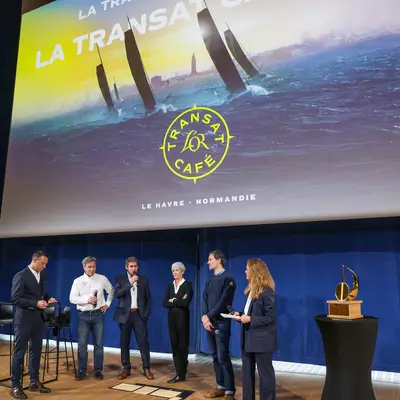Claudie Haigneré, you are this year's patron of the TRANSAT CAFÉ L'OR Le Havre Normandie. Why did you sign up for this adventure?
Claudie Haigneré: You know, I was born in Burgundy, so I'm more land-bound than sea-bound. However, I've been lucky enough to visit a few ocean race starts, and each time, the excitement of these intense moments was shared by everyone who remained on shore, united in this magnificent adventure. What I first liked about the TRANSAT CAFÉ L'OR are these sailors, explorers looking for their limits, who push and surpass themselves. It's an individual or crewed story in a collective partnership, similar to our astronaut training. And we share this awareness of our connection to an environment beyond our normal: magnificent, fragile, sometimes hostile: nature, the planet and its oceans, space. And the third aspect that convinced me was the village that hosts the race. For a week, the educational activities, meetings, and conferences held in Le Havre will inspire understanding, questioning, and stimulating our capacity for curiosity and wonder to fully experience the TRANSAT CAFÉ L’OR.
As you mentioned, with the organization of the TRANSAT CAFÉ L’OR, you both share a shared attachment to the planet. Does one have a different view of our environment and ecosystems from space?
CL: The view of Earth from orbit (whether the view of satellites or the eye of an astronaut) could be compared to that of a sensitive and vigilant guardian angel. We admire its beauty but also its fragility, its vulnerability through the window: there’s the thin protective layer of the atmosphere that allows life, sandstorms, cyclones, volcanic eruptions, and mega-fires. Of course, we circumnavigate the planet in 90 minutes, because we're traveling at 28,000 km/h, so we're going a little faster than sailors! But we have time to consider that our Earth is like a spaceship carrying our humanity on its journey through the solar system. We become aware of the planet's finite nature and all of our responsibility as the ‘crew’ of this ship to preserve it. We have a magnificent planet: Earth. I was already aware of this on Earth and even more convinced in orbit. The point isn't to leave Planet A to find Planet B to settle on. We're not here to give up and flee, but to preserve this common good of our humanity and understand our exceptional luck to be here. I'm happy to see that this theme of environmental responsibility is being highlighted for the TRANSAT CAFÉ L'OR. It's important that awareness of our responsibility doesn't necessarily come through regulations or political speeches, but that it can also be a tangible experience for everyone. When we talk about it from space, when we talk about it from the sea, when we talk about it while bearing witness to the human adventure, with our emotions, our perspective, our words, I find we have a much greater impact.
